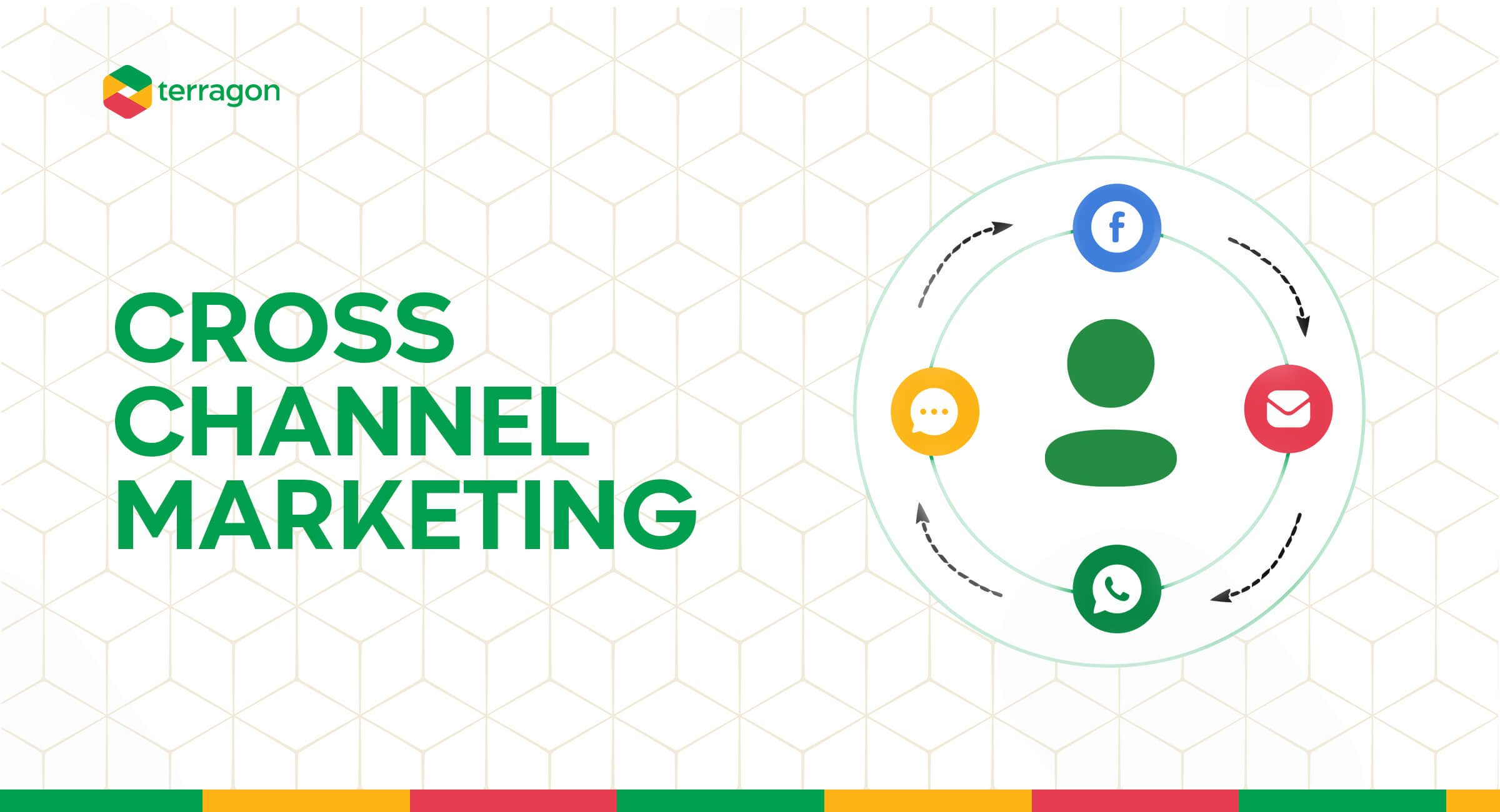


To appeal to millennials, the Mercedes Benz brand embarked on a #clatakethewheel campaign. They had redesigned their 2020 CLA 35 AMG coupe into a second-generation model and employed digital and social media channels, including paid media, owned media, earned media and content marketing. They created an online community – Generation Benz, which helped the brand develop customer profiles. They used super-bowl TV ads and leveraged their microsite to increase awareness across social media channels using #clatakethewheel. They also used paid Facebook ads and influencer marketing. The result? This was the best product launch for the brand in 20 years. One million visitors viewed the campaign content online, and there was more traffic to their website than at any other point in history. Additionally, the 2020 CLA 35 AMG sale went up by 25%.
Under Armour, a fitness brand combines influencer marketing in-store content and its UA Shop, a lifestyle-based custom shopping app offering personalised experiences to customers. These strategies are based on mined first-party data that helps the app deliver bespoke products and advisory services. Under Armour also uses the UA Play application allowing users to scan barcodes across the store to get more product details and other valuable content. The result was increased traffic and user engagement in their stores, website, apps, and social media platforms.
These brand campaigns stated above are brilliant cross-channel marketing examples.
Cross-channel marketing is the strategy which engages with customers across a range of communications platforms. This strategy integrates multiple marketing platforms and provides customers with a seamless and personalised experience that can increase the customer base and improve ROI. Cross-channel marketing allows brands to interface and engage with customers on the most relevant platforms throughout the customer journey. The difference between Cross-channel vs Omni-channel marketing lies in the level of interconnectivity and interactivity of each strategy’s platforms and channels.
Take Ada, for example; She is shopping for a new bodycon dress she saw in a runway fashion show. She looks online for reviews and then realises that she got a coupon via email for a discount on the style and size she wants. She begins her buying journey online but realises that she has a function to attend to. She then abandons her cart before she completes the purchase. Later, Ada returns to complete her transaction but has to start the process again because her shopping activity wasn’t recorded. With Cross-channel marketing, Ada would have received an e-flyer with a specific campaign URL to click on after viewing the shoes online. In addition, she would have been able to retrieve her shopping cart later, and she would have received a reminder email to complete her shopping with a link to the cart. After shopping, a “thank you” email inquiring about her experience with a discounted coupon for her next purchase would have followed. This coupon would have a barcode or number unique to Ada, which she can use online or in-store to make her next purchase.
Furthermore, with Omni-channel marketing, Ada uses the unique barcode assigned to her to log in to the website. Here she sees a personalised dashboard with current promotions and recommended items based on her past purchase. On the screen, some shoes and scarves that match well with her dress are on display. Ada is impressed with the display and calls the nearest store to hold three items for her to try on before buying. Later, she walks into the store with her coupon and tries on the fashion items which match the dress she bought online. Not only does the saleslady know who Ada is and what dress she purchased, she recommends another style of dress to fit her body shape and emails her a copy of the store’s return policy. Ada is thanked for shopping with them and receives a personal email from the sales lady with her direct contact should Ada have any more questions.
The importance of cross-channel marketing lies in increasing engagement, optimising the sales journey, building strong brands to build relationships, interfacing with audiences at the right time, and mining high-quality data for better insights. Cross-channel marketing challenges include Cross-channel marketing attribution and choosing the most effective promotional channels. With Terragon Prime, you can leverage the power of data to enhance your marketing efforts and grow your business. Terragon Prime is an end-to-end marketing platform that helps organisations aggregate, enrich and activate consumer data to drive targeted and personalised experiences for cost-effective customer acquisition and retention. Terragon Prime allows for data aggregation, enrichment and activation through multi-channelled platforms to ensure that both SMEs and large businesses can access the millions of African profiles in our database. In these ways, Terragon Prime offers businesses solutions to optimise and maximise their consumer touchpoints to ensure continued business growth.